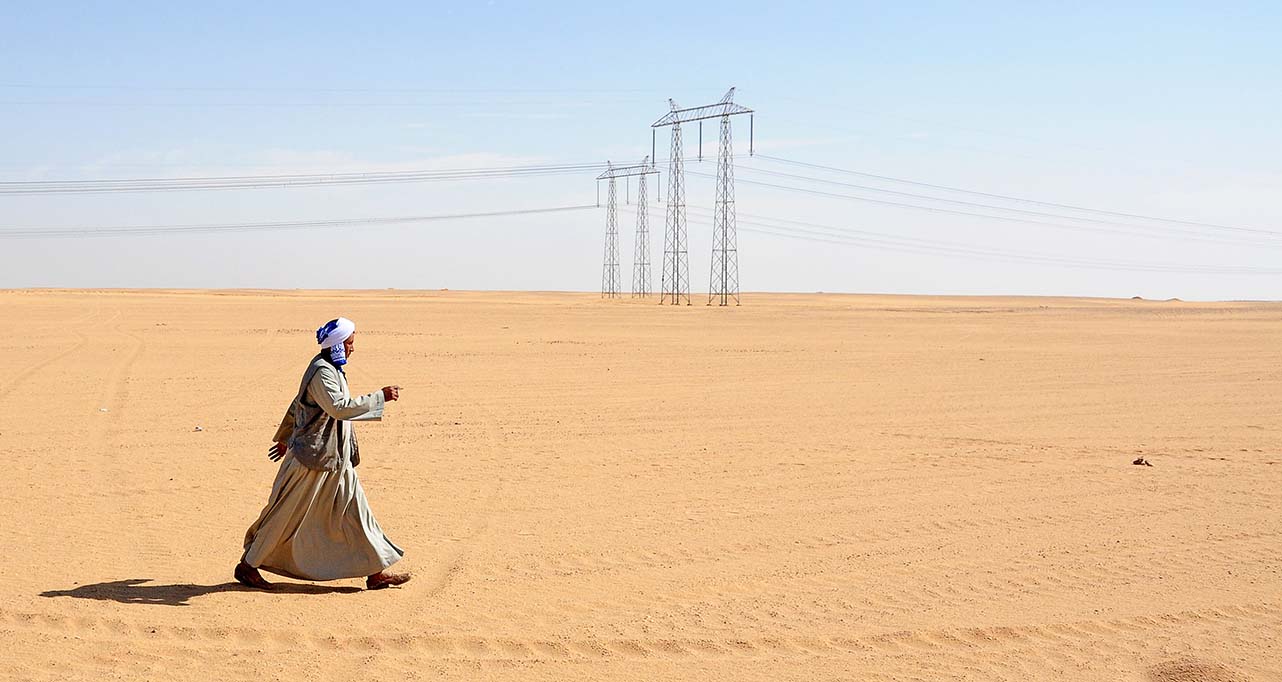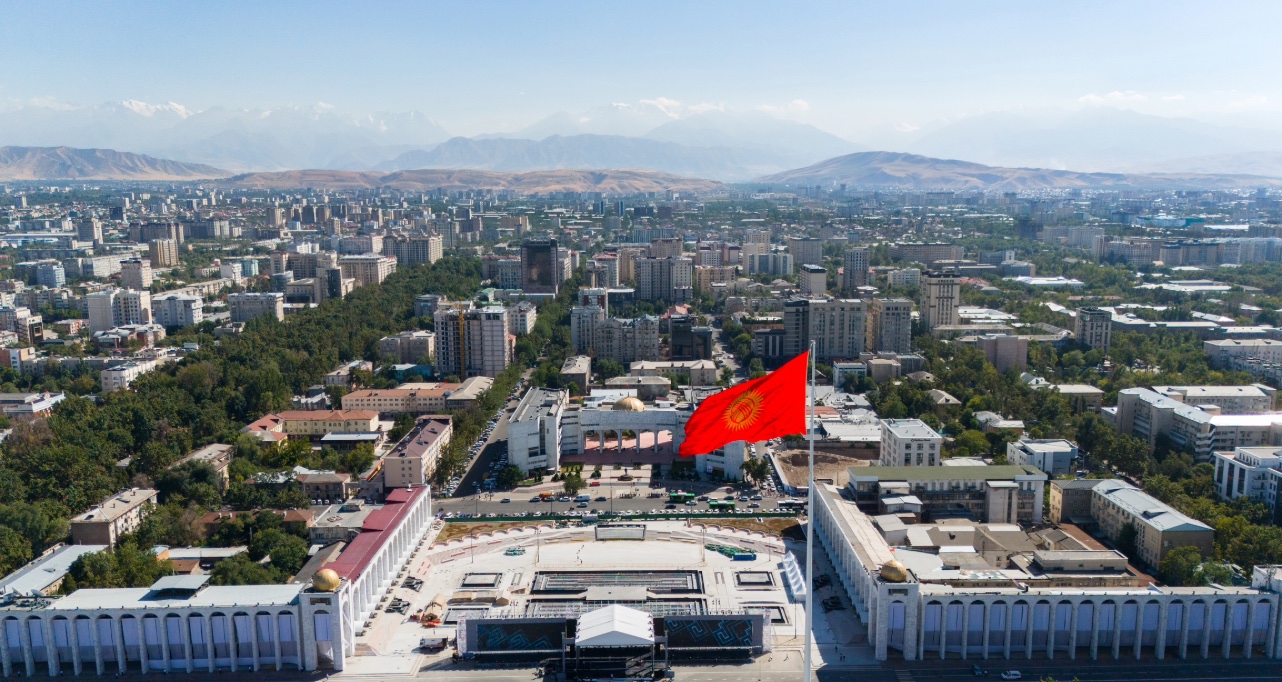- Central Asian economies set to grow by 6.1 per cent in 2025, according to EBRD forecast
- Moderated growth of 5.2 per cent expected in 2026
- Volatility in commodity prices, reliance on remittances and dependence on neighbouring markets named as risk factors
The European Bank for Reconstruction and Development (EBRD) expects the Central Asian economies of Kazakhstan, the Kyrgyz Republic, Mongolia, Tajikistan, Turkmenistan and Uzbekistan to grow by 6.1 per cent on average in 2025, according to its latest Regional Economic Prospects report, published today.
This solid growth is supported by strong industrial output, robust domestic demand, investment, rising real wages and strong remittance inflows. The outlook for these economies remains positive in 2026, but growth is expected to moderate to 5.2 per cent. The report sees volatility in commodity prices, reliance on remittances and continued dependence on Russian and Chinese markets as the main threats to strong growth.
Central Asia’s largest economy, Kazakhstan, has performed strongly in 2025, driven by increased oil production at the Tengiz field. Output rose by 11.6 per cent in the first six months of the year, boosting industrial growth as well as stimulating pipeline transportation activity and wholesale trade. The construction sector has also expanded rapidly, accelerating to 18.4 per cent year-on-year growth in the first half of 2025, supported by major infrastructure projects, utility repairs and the modernisation and construction of residential and educational buildings. On the expenditure side, growth has been underpinned by robust consumption and investments. Household consumption has remained strong, fuelled by continuously strong consumer demand. The
EBRD projects Kazakhstan’s GDP growth at 5.7 per cent in 2025, slowing to 4.5 per cent in 2026. Key downside risks include an over-reliance on Russian infrastructure for oil transit and commodity price volatility.
The Kyrgyz Republic continues to be a pacesetter in the region. Economic activity has accelerated in 2025, with real GDP expanding by 11.4 per cent year on year in January-June. Strong public investment and buoyant domestic demand have supported growth, fuelled by rising wages and continued increases in remittances. The manufacturing, trade and construction sectors were the leading growth engines, while the tourism and hospitality sector maintained strong growth thanks to increasing investments. The EBRD expects the Kyrgyz economy to grow by 9.0 per cent in 2025 and 6.0 per cent in 2026. The Bank sees robust domestic demand, public investment in major infrastructure projects and development of the tourism sector as the main factors behind this sustained growth, but notes downside risk from a potential weakening of remittances.
Mongolia’s economic activity remained robust in the first half of 2025, despite weaker mining-sector activity and a deteriorating macroeconomic environment. The country’s real GDP expanded by 5.6 per cent year on year, driven primarily by a strong rebound in the agriculture sector (up 35.6 per cent year on year following two years of adverse weather conditions) and continued expansion of the services sector. The mining sector was close to stagnant, as coal output declined alongside falling prices but was balanced out by a surge in copper production. On the demand side, growth was supported by robust private consumption, underpinned by rising real wages, strong credit expansion and continued private investment. The EBRD forecasts growth of 5.8 per cent for Mongolia’s economy in 2025 and 5.5 per cent in 2026, but notes that weaker Chinese demand and commodity price volatility may pose challenges.
Tajikistan’s economy continues to show strong momentum, with real GDP climbing by 8.1 per cent year on year in the first half of 2025. Growth was broad-based, driven by domestic trade, agriculture, transportation and industry. Mining activity – which accounts for one-third of industrial output – almost doubled thanks to expanded metal ore production. Household consumption remained strong, supported by a 17.2 per cent year-on-year increase in real wages and a 64 per cent rise in remittances. The EBRD cites Tajikistan’s successful cooperation with international organisations – such as the approval of the World Bank’s budget support programme and the ongoing IMF policy coordination instrument programme – as an important factor for the country’s medium-term growth. EBRD projections see the economy growing by 7.5 per cent in 2025 and 5.7 per cent in 2026, supported by high gold prices, infrastructure investment and remittances, although a potential decline in remittance inflows remains a downside risk.
Turkmenistan’s economy remained strong in the first half of 2025, with official data showing real GDP expanding by 6.3 per cent year on year. Growth was broad-based, supported by trade, transportation, services and construction. Investment activity was also strong, with capital investments increasing by 15.6 per cent year on year. Official real GDP is expected to grow by 6.3 per cent in both 2025 and 2026, according to EBRD predictions, with support from ongoing investments in energy, infrastructure, agriculture and food processing.
Uzbekistan’s economic growth accelerated in the first half of 2025, with real GDP expanding by 7.2 per cent year on year. Strong domestic demand, supported by rising real wages and remittance growth of 28.7 per cent, drove a robust 8.2 per cent expansion of the services sector. Industrial performance improved on the back of stronger food and metallurgical manufacturing, while mining benefited from higher global gold prices, offsetting continued weaknesses in natural gas extraction. The EBRD projects that Uzbekistan’s economy will grow by 6.7 per cent in 2025 and 6.0 per cent in 2026. This will be underpinned by robust domestic consumption and investments, as well as by sustained expansion in diversified manufacturing, bolstered by continued foreign investment.




